Can You Freeze Spinach?
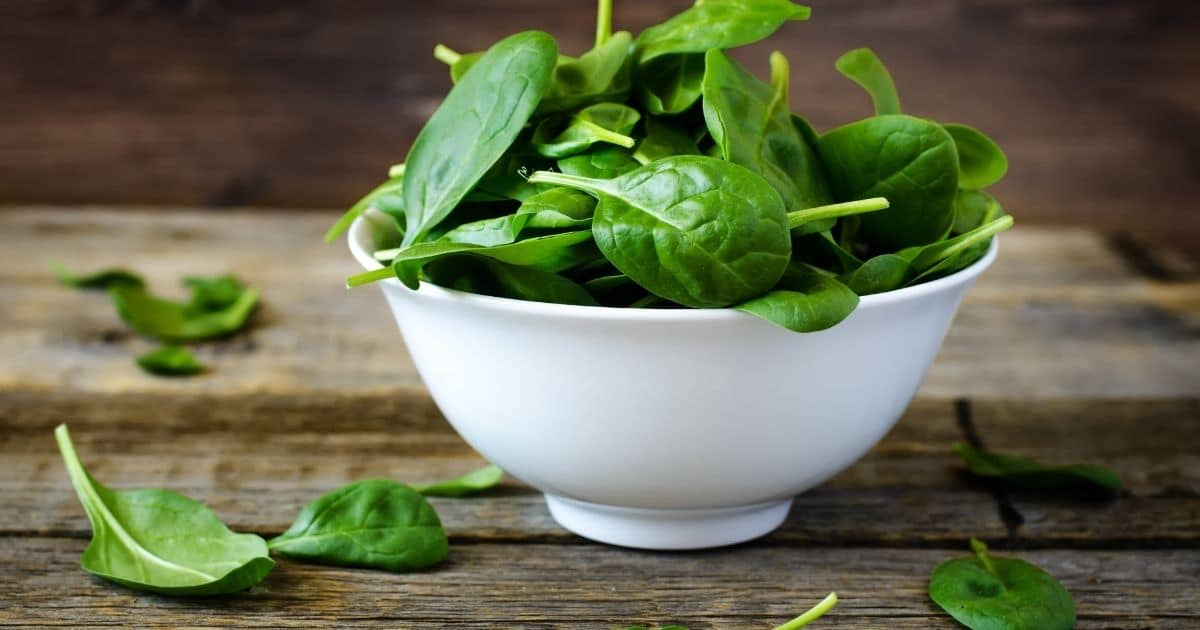
Spinach is one of those vegetables renowned for its health benefits and almost equally famous for its short shelf life. If you have a lot of fresh spinach, it also inevitably takes up a lot of room in the fridge, and it can be challenging to use all of it before it goes off. So the question becomes, how can you make spinach last beyond that first week of usability?
You can freeze spinach by blanching it for approximately two minutes in boiling water then dunking it into ice water. Squeeze excess moisture from the spinach with your hands, then dry it further with paper towels or a salad spinner. Finally, place in freezer bags up to 2/3 full, remove as much air as possible, and freeze for up to 3 months.
As a very prevalent vegetable, spinach comes in various forms, sometimes fresh from the garden, occasionally store-bought. Throughout this article, we’re going to discuss how to store and freeze these many spinach types and ensure that you always have this nutritious green ready and available!
How To Prep Your Spinach For Freezing

As mentioned above, there are various ways to acquire spinach, and each method will require slightly different preparation methods. Before we dive into the steps to freeze your spinach, it’s worth taking a closer look at the steps that are unique to each form of this vegetable to guarantee the best, end result.
Garden Grown Spinach
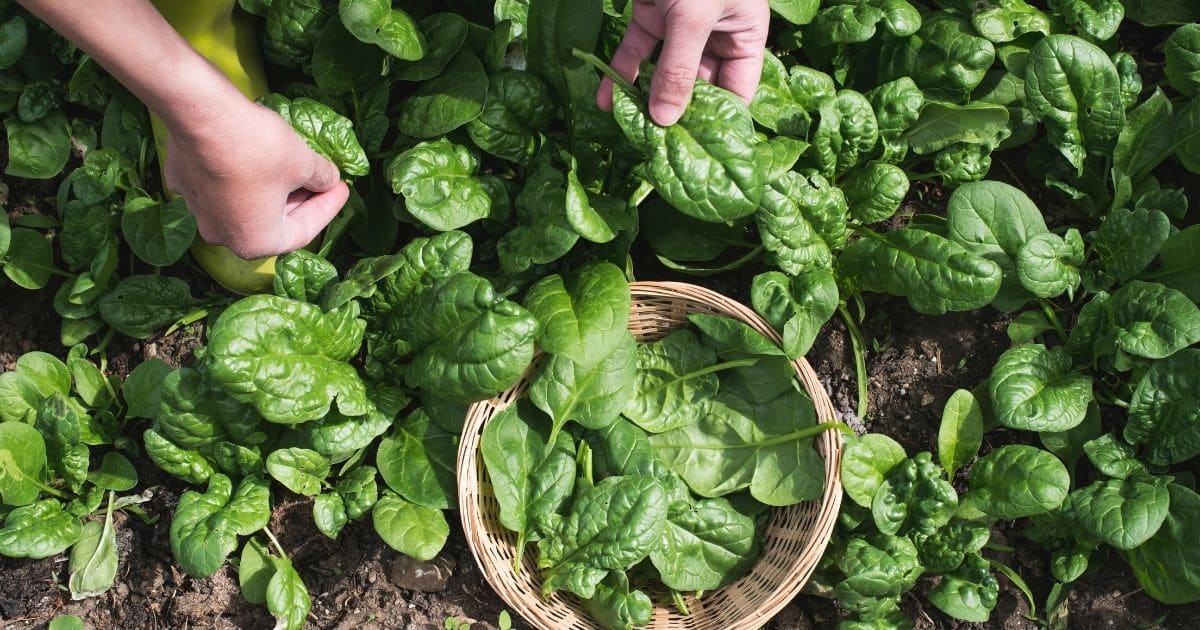
Whether you grew spinach in your home garden or picked it up at the local farmer’s market, freshly grown spinach will provide the best overall flavor. Before you consider blanching this spinach, it will require a few extra preparatory steps because it is fresh from a garden.
Start by triple rinsing the leaves. You can do this using either running water or at least three bowls of clean water. If you choose to do the latter, you simply dunk the leaves into each bowl subsequently to remove all traces of dirt. If you are using fully grown spinach leaves, you may wish to remove the stems from them for better texture. After thawing, and in the case of larger leaves, consider tearing them into smaller pieces.
Grocery Store Spinach

Most grocery store spinach will not be likely to have dirt still trapped among its leaves, but you may still want to rinse it for general hygienic reasons. If the leaves are fully grown, you will likely want to remove the stems, though if you purchased baby spinach, it is unnecessary to do so.
Remember that no matter what kind of spinach you are using, you cannot freeze spinach leaves from fresh without blanching them first. Unless you cook the leaves first, the enzymes that raw spinach contains will continue to stay active, which breaks down the leaves and creates a soggy mess upon thawing.
Steps For Freezing Spinach
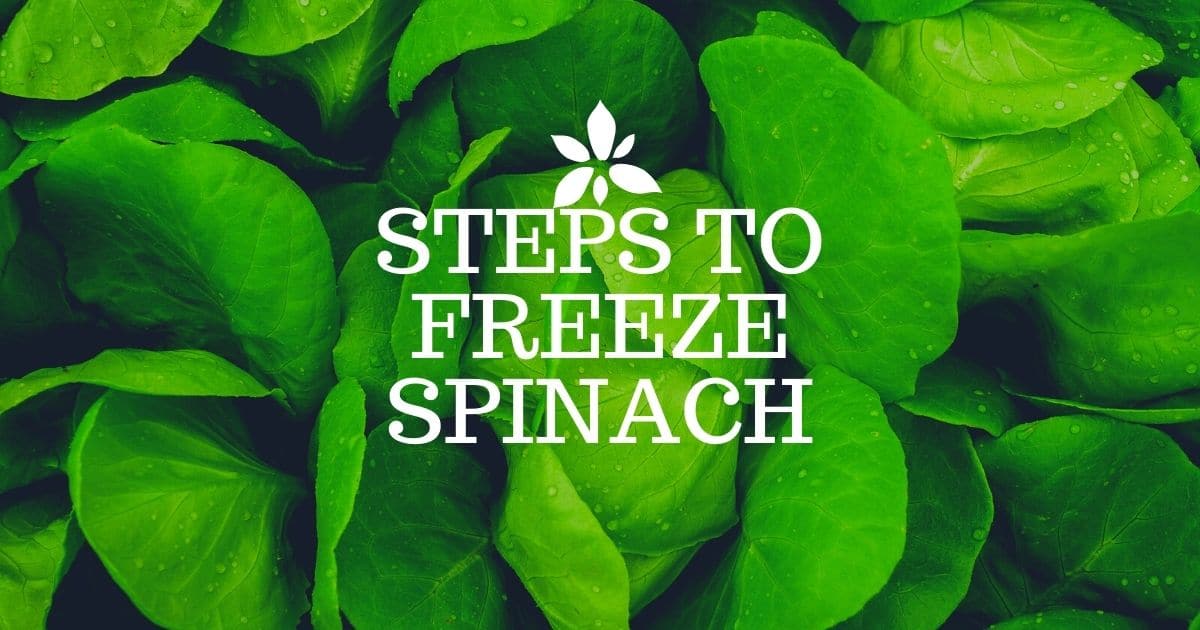
Now that most of the preliminary work is out of the way, it’s time to take a look at the steps required to prepare your spinach for the freezer. If you haven’t done these steps before, keep this list handy as you go, and you’ll have perfectly frozen spinach ready for months to come.
Step One

Place a large pot, partially full of water, onto the stove and start boiling it. If you have a pot that includes a steamer, use that to help prevent nutrient loss from boiling the spinach directly in the water. Get a large bowl full of ice water and place it close to the pot of boiling water on your countertop.
Step Two
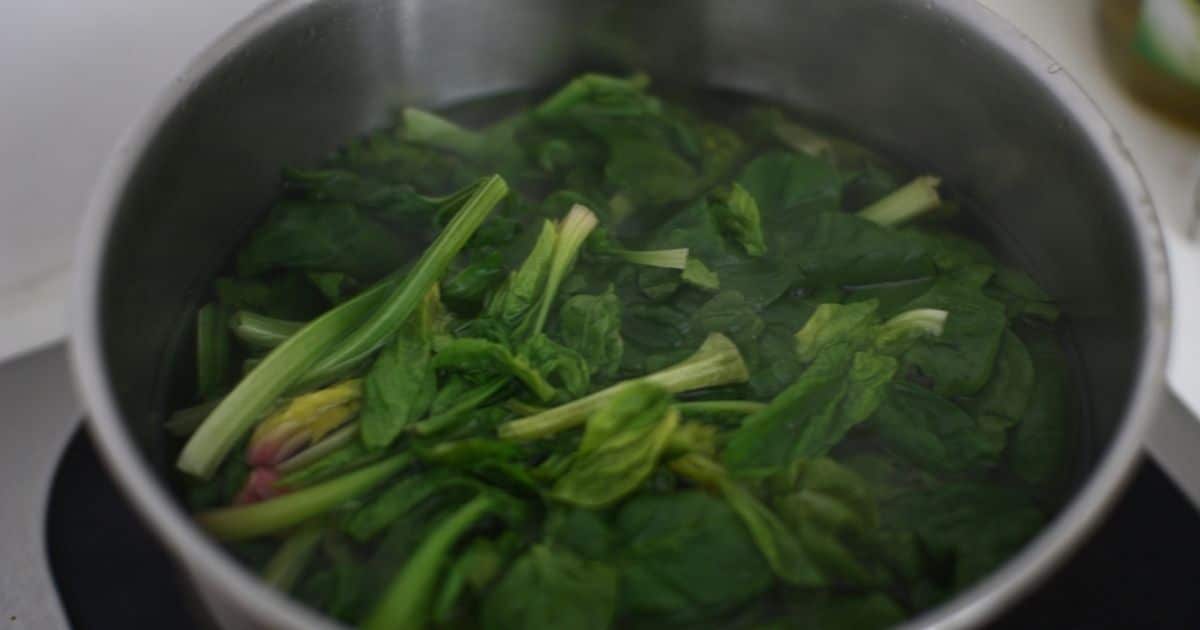
Drop small handfuls of spinach at a time into the water and stir them around to ensure that they are fully submerged. As you cook the spinach in the boiling water, it will turn bright green within a few minutes. Use a slotted spoon to scoop the leaves out of the water, after around 2 minutes. Then dunk them immediately into the ice water.
Step Three
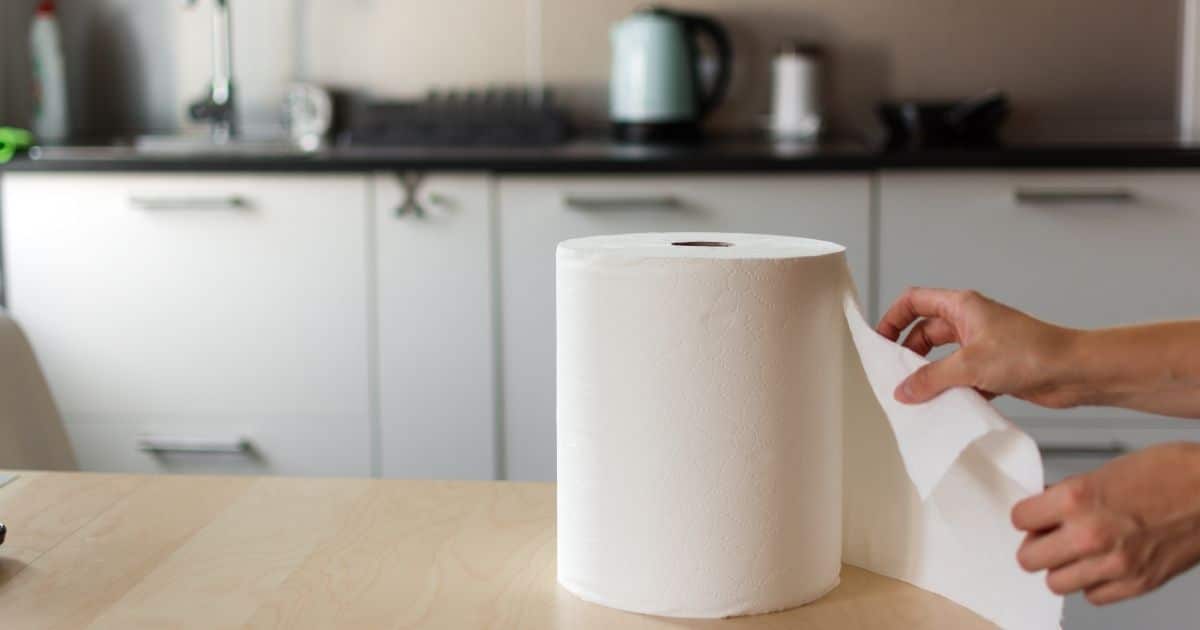
Place a layer of paper towels or clean dish towels (though beware of potential staining!) onto the countertop. Remove the cooled spinach from the ice water. Squeeze the spinach with your hands to remove as much water as possible. Spread the cooked leaves across the towels.
Step Four
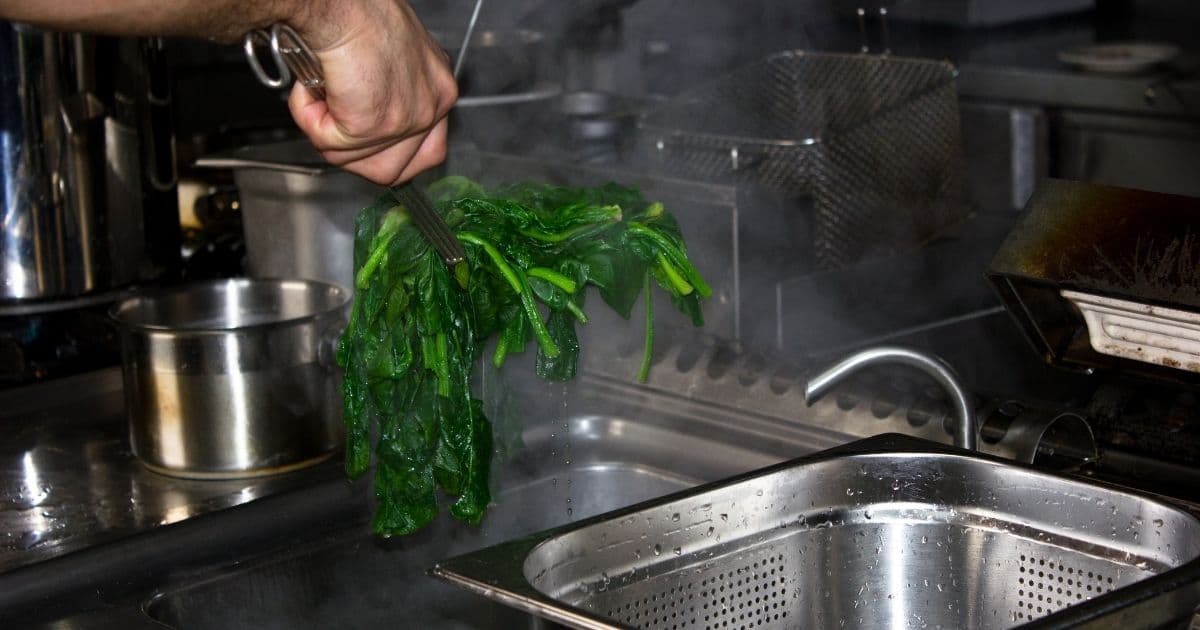
Repeat steps 2 and 3 until you have blanched all of the spinach you plan to freeze. If you have one accessible, a salad spinner can help remove excess water before laying the leaves on the paper towels, but it is not essential to do this.
Step Five
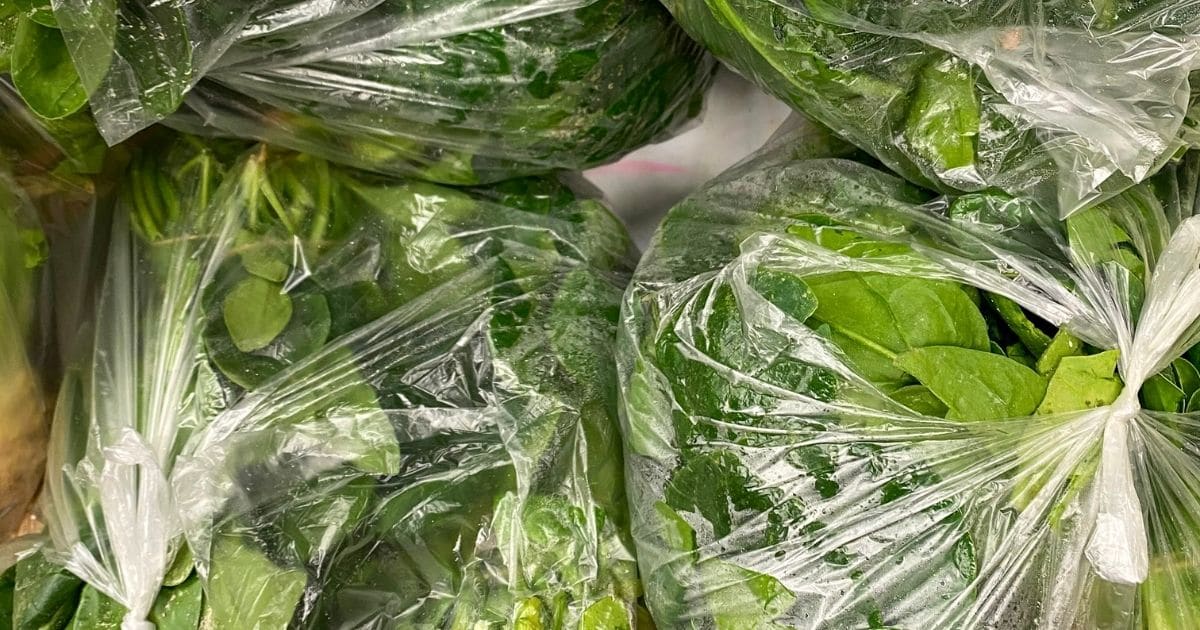
Once you have successfully blanched and dried your spinach, divide and place it into labeled freezer bags. You can use any size of bags that you would like for this part, depending on how large of portions you plan to eat. Ensure that you only fill the freezer bags up to about 2/3 full, then roll the bags up to press out as much air as possible, seal, and place them into the freezer.
As long as you follow these steps well, you should be able to keep these frozen bags of spinach in the freezer for approximately three months. However, some people report having quality spinach for up to nine or even fourteen months, depending on how they use it.
One additional freezing option for those who like green smoothies is to use an ice cube tray method. This method is almost identical to the steps used above, but once your spinach is cooked, you can place it into a blender with a bit of water.
Purée the spinach and water, and then pour the resulting mixture into ice-cube trays. Once the trays have frozen solid, remove the cubes from the trays and place them into a freezer bag. Once you have a supply of frozen spinach cubes, you can easily toss them into smoothies or even into sauces or stews. This method allows for much of the nutritional benefits to be easily accessible without all the preparation that wilting fresh spinach takes.
Thawing And Using Frozen Spinach
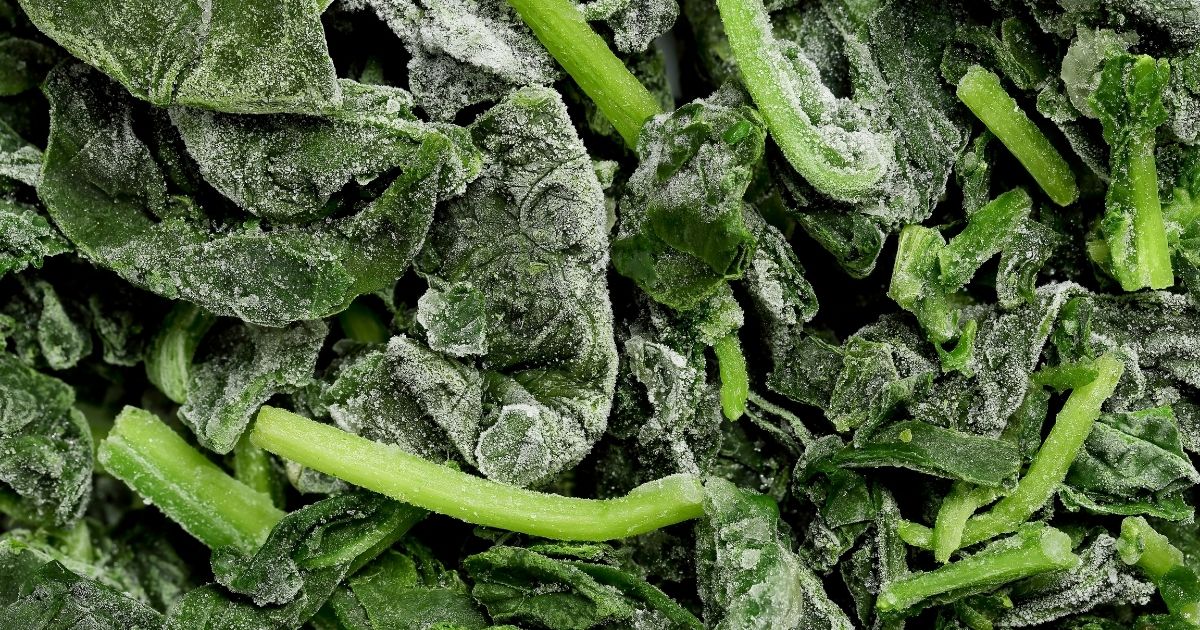
Now that we have successfully frozen our spinach, the question becomes how to use it all up over several months. Like most leafy greens, spinach does not maintain its fresh texture after thawing. This change means that thawed spinach will not be a good choice for salads or other raw foods, but it can still be an excellent option for cooked foods, some of which we will explore later on.
Thawing spinach is a reasonably straightforward process, though it’s not always necessary. For example, in the case of soups or stews, just tossing bits of your frozen spinach in will be fine. Be aware that doing so will add additional moisture, so keep that in mind when combining with other ingredients. For most other applications, your best option is to thaw the spinach overnight in the fridge or in a bowl by running cold water over the bag until it thaws fully.
Regardless of which method you choose, you may need to squeeze out excess moisture if you are using the spinach in a dish where the liquid will compromise the meal’s overall texture.
Excellent Dishes To Use Frozen Spinach
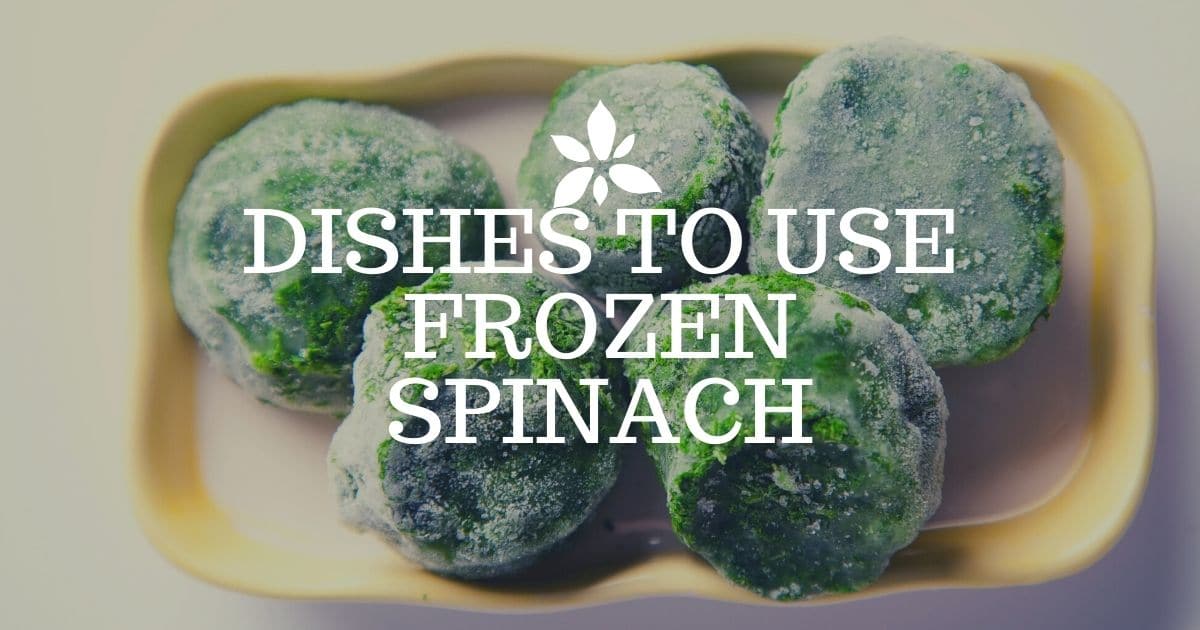
So with this wealth of frozen spinach, it’s time to discuss some of the best dishes to use this leafy vegetable in. You will find that most of these meals are baked to help offset the textural loss from freezing spinach. It is also worth noting that we will be going over why these meals are ideal for frozen spinach rather than provide specific recipes here. Many people will have their own personal favorite recipes for some of these dishes.
Spinach & Artichoke Dip
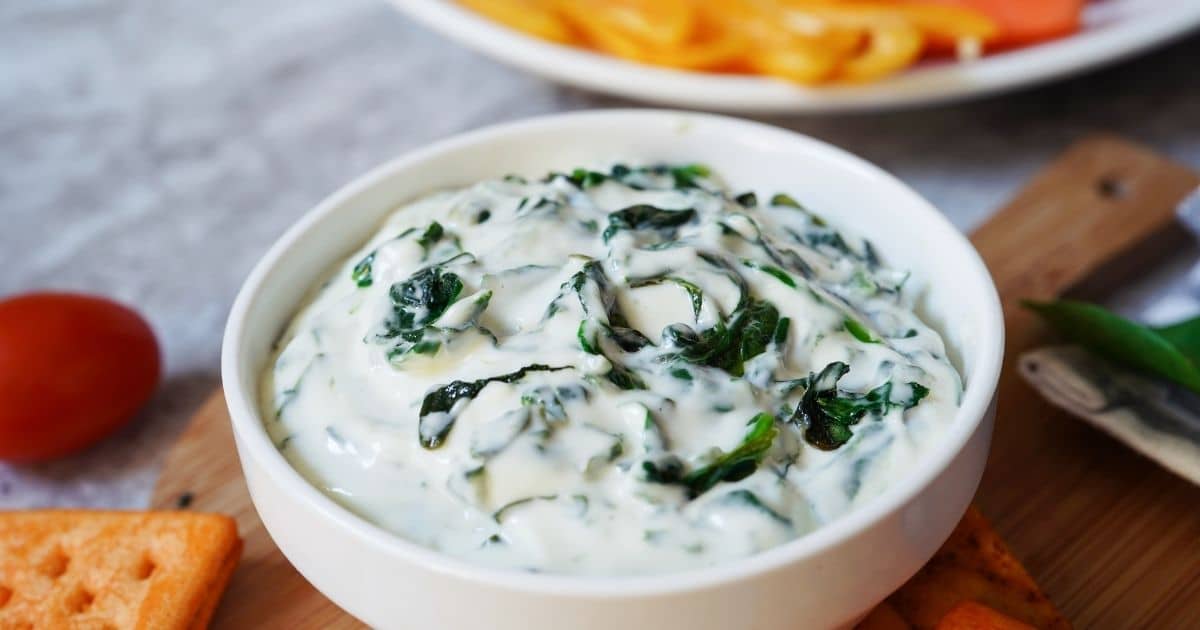
A classic appetizer staple in many restaurants and bars, spinach and artichoke dip, is a great way to use a large amount of frozen spinach. The creamy texture that the dip possesses, through the addition of various cheeses, means that the softened surface of your leafy greens will be unnoticeable. It will not be short on the fantastic flavor that spinach brings to this snack.
Sautéed Spinach
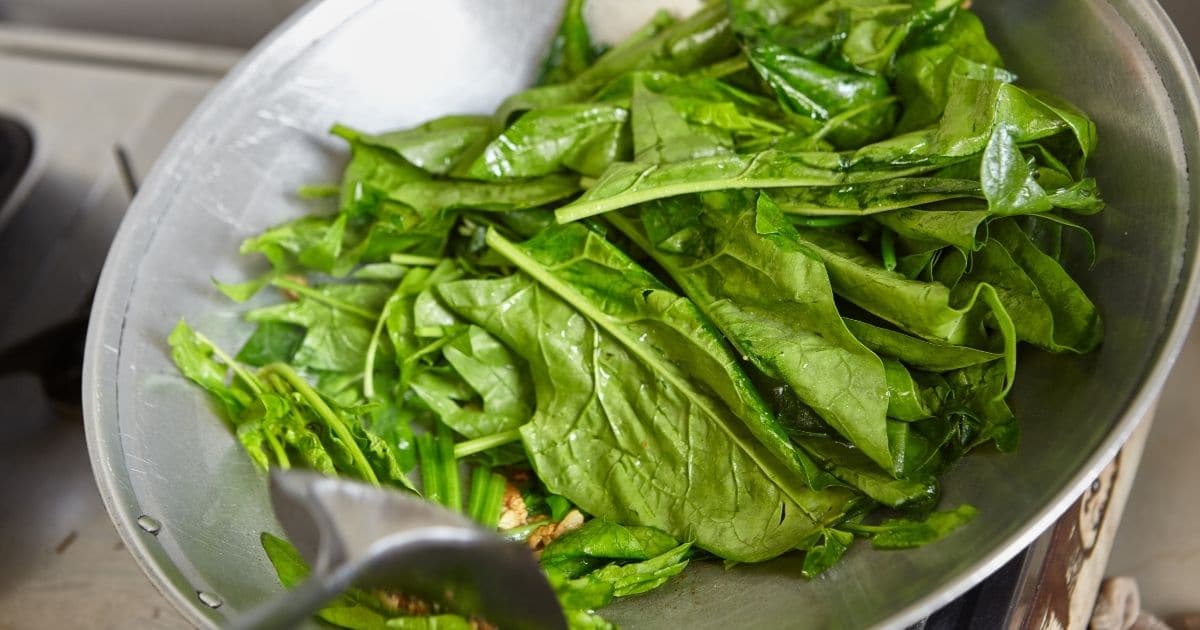
If you require a healthier choice than the above option, your newly thawed spinach can be a great solo option, with a bit of careful seasoning and sautéing. Whether frozen or fresh, spinach is packed full of essential nutrients like vitamin A, vitamin C, folic acid, and iron. Simply sautéing these leafy greens with garlic, salt, pepper, and a few other ingredients of your choice will create a healthy, delicious meal in only a few minutes post-thaw.
Casseroles
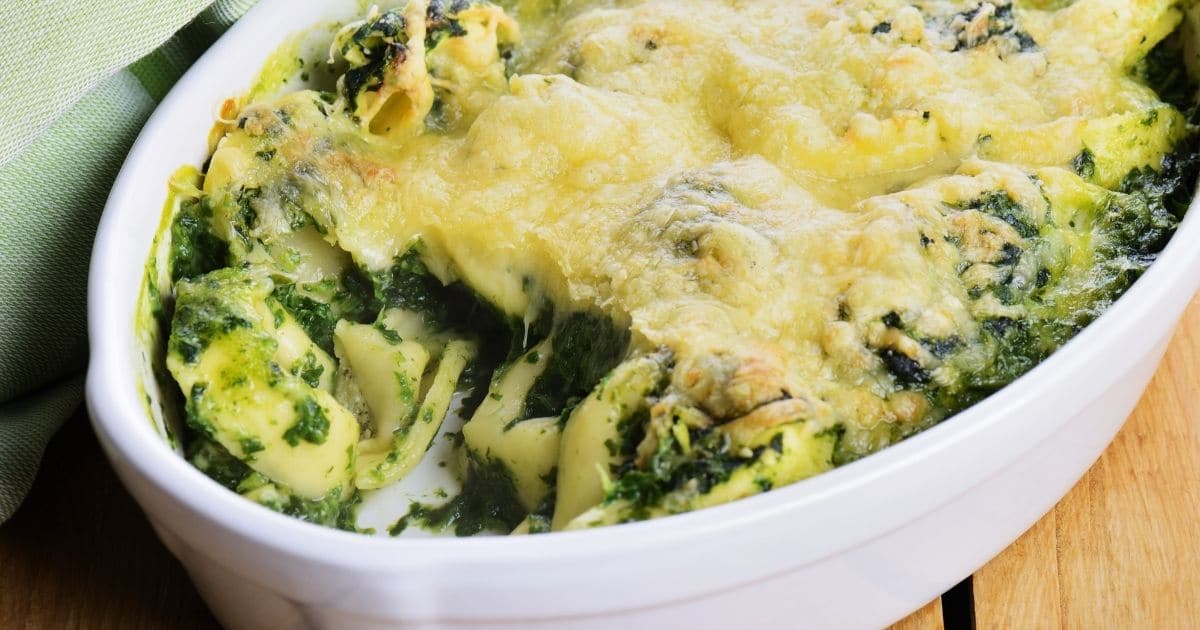
Casseroles are one of the best ways to use up ingredients that may have overstayed their welcome. Using your spinach in a dish like this is perfect as it will provide some much-needed moisture in some cases. Furthermore, the long bake period of most casseroles will help evaporate any excess moisture. The best part of a meal like this is that you can combine so many different ingredients with your spinach, including, but not limited to, mushrooms, stale bread cubes, cheeses, and various kinds of meats. Use your imagination alongside whatever you have in your fridge to make spinach casseroles healthy and delicious.
Conclusion
Spinach has a reputation among some people as a disliked vegetable. Unfortunately, freezing and then thawing this leafy green does not help that reputation. However, by following some careful steps to ensure you keep the vegetable’s nutritional content, combined with making meals that accentuate the cooked texture of spinach, you can make so many incredible dishes for far longer than you could with just the raw plant.
So next time you end up with a considerable amount of spinach or see it reduced at your local grocery store, don’t be afraid to pick it up as much as you like. There are no excuses now you are equipped with the knowledge on how to freeze and prepare your spinach in various ways. This situation is one where you are only limited by your imagination. You will be amazed at how far the freezer will let you take this healthy vegetable.